Pickleball Power-Up: 7 Dynamic Exercises to Elevate Your Gameplay
Introduction And Best Exercises
Improving your physical fitness and agility can have a significant impact on your pickleball game. Here are seven exercises to boost your pickleball performance:
- Cardiovascular Conditioning: Engage in activities like running, cycling, or brisk walking to improve your cardiovascular endurance. A strong cardiovascular system will help you sustain energy levels during long pickleball matches and recover faster between points.
- Agility Drills: Work on agility drills that focus on quick footwork, lateral movements, and change of direction. Cone drills, ladder drills, and shuttle runs can help improve your speed and agility on the pickleball court.
- Plyometric Exercises: Incorporate plyometric exercises like box jumps, lateral jumps, and power skips to enhance your explosive power and jumping ability. These movements are essential for reacting quickly to shots and gaining an advantage at the net.
- Core Strengthening: A strong core is crucial for pickleball players as it stabilizes the body during shots and movements. Include exercises like planks, Russian twists, and bicycle crunches to strengthen your core muscles.
- Strength Training: Focus on full-body strength training exercises to improve overall strength and stability. Incorporate exercises like squats, lunges, push-ups, and shoulder presses to build strength in the legs, upper body, and core.
- Balance and Stability Training: Balance and stability are essential for maintaining control and avoiding injuries on the pickleball court. Use exercises like single-leg balance drills, Bosu ball exercises, and stability ball squats to enhance your balance and stability.
- Flexibility and Mobility: Stretch regularly to improve flexibility and mobility in your muscles and joints. Dynamic stretches before playing and static stretches after playing can help reduce the risk of injury and improve your range of motion on the court.
Remember to warm up1[Pickleball warm-up is a preparatory activity to get your body ready for the game, involving light exercises and stretches specific to the sport.] before engaging in any intense exercise and consult with a fitness professional or healthcare provider before starting a new exercise program, especially if you have any pre-existing medical conditions or injuries2[Pickleball injuries are physical ailments resulting from playing the sport of pickleball, which may include sprains, strains, and joint-related issues.]. By incorporating these exercises into your regular training routine, you can boost your pickleball game and take your performance to the next level.
1. Cardiovascular Conditioning: Enhancing Endurance for Peak Pickleball Performance
Cardiovascular conditioning is a vital aspect of physical fitness that directly impacts your pickleball game. It focuses on improving the efficiency of your cardiovascular system, including the heart, blood vessels, and lungs. Engaging in specific activities can enhance your cardiovascular endurance, allowing you to perform at your best during long and intense pickleball matches while promoting quicker recovery between points.
Importance of Cardiovascular Endurance in Pickleball
Cardiovascular endurance, also known as cardiovascular fitness or aerobic endurance, refers to the ability of your cardiovascular system to deliver oxygen-rich blood to the working muscles efficiently. In pickleball, a fast-paced and dynamic sport, players often engage in continuous movements, sprints, and lateral shuffles, which require a steady supply of oxygen to sustain energy levels and delay fatigue.
Activities for Improving Cardiovascular Endurance
To boost cardiovascular endurance, incorporate the following activities into your training routine:
- Running: Running is a highly effective aerobic exercise that engages large muscle groups and elevates your heart rate. Consider jogging, sprint intervals, or longer distance runs to challenge your cardiovascular system.
- Cycling: Whether on a stationary bike or riding outdoors, cycling is a low-impact activity that provides an excellent cardiovascular workout. Adjust the resistance or terrain to vary the intensity.
- Brisk Walking: Brisk walking is a beginner-friendly option for improving cardiovascular fitness. It can be done almost anywhere and is an excellent way to gradually build endurance.
Benefits for Pickleball Players
Improving cardiovascular endurance through regular conditioning offers numerous benefits for pickleball players:
- Sustained Energy Levels: A stronger cardiovascular system allows your body to efficiently transport oxygen and nutrients to working muscles, delaying fatigue during long matches.
- Faster Recovery: Enhanced cardiovascular fitness facilitates quicker recovery between points and games, enabling you to maintain consistent performance throughout a match.
- Improved Endurance: With increased cardiovascular endurance, you’ll find it easier to keep up with the demands of pickleball, even during intense rallies and fast-paced gameplay.
- Enhanced Focus and Mental Clarity: Regular cardiovascular exercise promotes the release of endorphins, reducing stress and enhancing focus and mental clarity during matches.
Incorporating Cardiovascular Conditioning into Training
To optimize your cardiovascular conditioning for pickleball:
- Set Goals: Establish specific cardiovascular fitness goals, such as running a certain distance or increasing your cycling endurance, to track your progress.
- Consistency: Aim for regular cardiovascular workouts, ideally three to five times per week, to steadily improve your endurance.
- Progressive Training: Gradually increase the intensity and duration of your workouts over time. Implement interval training to challenge your cardiovascular system and enhance your anaerobic capacity.
Cardiovascular conditioning is a fundamental component of pickleball training that directly impacts your performance on the court. By engaging in activities like running, cycling, or brisk walking, you can improve your cardiovascular endurance, leading to sustained energy levels, faster recovery, and enhanced overall performance during pickleball matches. Embrace the challenge of cardiovascular training, and you’ll find yourself enjoying the benefits of increased endurance and improved gameplay on the pickleball court.
2. Agility Drills: Improving Speed and Quick Movements on the Pickleball Court
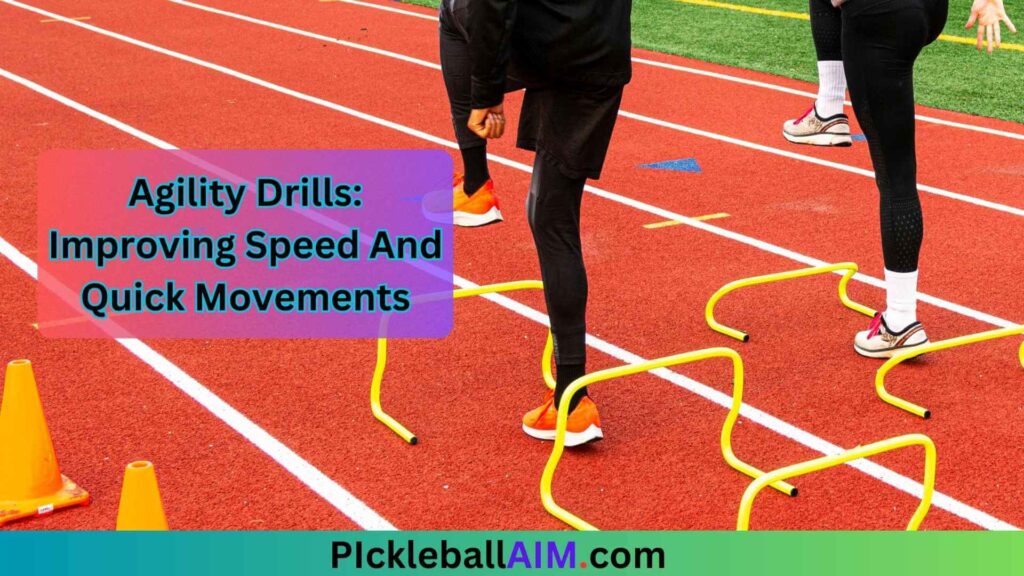
Agility drills are a critical component of any pickleball player’s training routine. They focus on enhancing quick footwork, lateral movements, and the ability to change direction rapidly. By incorporating agility drills into your training, you can improve your speed, reaction time, and overall court movement, which are essential for excelling in the fast-paced nature of pickleball.
Importance of Agility in Pickleball
Agility is the ability to move quickly and change directions with precision and control. In pickleball, a sport that requires constant movement, agility plays a crucial role in reaching shots, returning serves, and positioning yourself optimally on the court. Improving your agility can lead to better shot selection, increased court coverage, and a competitive edge over opponents.
Types of Agility Drills
There are various agility drills that pickleball players can incorporate into their training routine:
- Cone Drills: Set up a series of cones in a straight line or various patterns and move quickly between them in different directions. This drill helps improve your ability to change direction rapidly and enhances your footwork.
- Ladder Drills: Use an agility ladder laid out on the ground and perform quick and precise foot movements through the rungs. Ladder drills focus on improving foot speed, coordination, and agility.
- Shuttle Runs: Set up two markers a fixed distance apart and sprint back and forth between them, touching each marker. Shuttle runs improve acceleration, deceleration, and lateral quickness.
Benefits of Agility Drills for Pickleball Players
- Improved Footwork: Agility drills challenge your footwork, helping you move efficiently and maintain balance while making shots and recovering to the ready position.
- Enhanced Reaction Time: Agility training improves your reaction time, allowing you to respond quickly to opponents’ shots and anticipate their moves.
- Better Court Coverage: With improved agility, you can cover more ground on the pickleball court, making it challenging for opponents to find open spaces.
- Injury Prevention: Agility drills focus on enhancing body control and stability, which can reduce the risk of injuries on the court.
Incorporating Agility Drills into Your Training
To get the most out of agility drills:
- Consistency: Regularly include agility drills in your training sessions to see significant improvements over time.
- Variation: Vary the types of drills and patterns to challenge different aspects of your agility and footwork.
- Proper Form: Focus on maintaining proper form during the drills to ensure maximum effectiveness and minimize the risk of injury.
Agility drills are an integral part of a pickleball player’s training regimen. By working on quick footwork, lateral movements, and direction changes, these drills improve speed, reaction time, and court coverage. Incorporating agility drills into your training routine can elevate your pickleball game, giving you the edge to outmaneuver opponents and achieve success on the court.
Read Also: Choosing the Right Pickleball Ball: A Guide to Finding Perfection
3. Core Strengthening for Pickleball Players: Enhancing Stability and Performance
A strong core is a fundamental component of athletic performance, and it holds particular importance for pickleball players. The core muscles play a vital role in stabilizing the body during shots, quick movements, and directional changes on the pickleball court. By incorporating specific core strengthening exercises into their training routine, players can improve their balance, power, and overall performance on the court. In this section, we will explore the significance of core strength for pickleball players and introduce some effective exercises to target this essential muscle group.
The Crucial Role of Core Muscles in Pickleball
The core refers to the group of muscles in the abdomen, lower back, and pelvis region. These muscles act as a stable foundation for the rest of the body during physical activities, especially in sports like pickleball that require rapid and dynamic movements. In pickleball, players need to generate power and torque for shots while maintaining balance and stability to react quickly to their opponent’s moves. A strong core allows players to execute shots effectively while minimizing the risk of injury and fatigue.
Benefits of Core Strengthening for Pickleball Players
- Enhanced Stability: A strong core provides greater stability and control during quick lateral movements and changes of direction on the pickleball court, reducing the risk of slips and falls.
- Increased Power Generation: Core muscles contribute significantly to rotational power, essential for shots like volleys and backhands. Strengthening the core improves the ability to generate force from the torso, leading to more powerful shots.
- Improved Balance: Core strength is closely associated with balance. Strengthening the core muscles helps maintain a stable center of gravity, enabling players to stay balanced while reaching for shots and reacting to fast-paced rallies.
- Injury Prevention: A stable core helps protect the lower back and other vulnerable areas from injuries caused by repetitive twisting and turning on the court.
Core Strengthening Exercises for Pickleball Players
Here are three effective core exercises that pickleball players can incorporate into their training regimen:
- Planks: The plank is a simple but highly effective core exercise. Begin in a push-up position with elbows directly beneath your shoulders. Keep your body in a straight line from head to heels and hold the position for as long as possible. Planks engage the entire core, including the rectus abdominis, transverse abdominis, and obliques.
- Russian Twists: Sit on the ground with your knees bent and feet flat on the floor. Lean back slightly and lift your feet off the ground, balancing on your sit bones. Hold your hands together and twist your torso from side to side, touching the ground on each side. Russian twists target the obliques and help improve rotational strength.
- Bicycle Crunches: Lie on your back with your hands behind your head and knees bent. Lift your shoulders off the ground, bringing your right elbow towards your left knee while extending the right leg. Repeat on the other side. Bicycle crunches engage the entire core and mimic the twisting motion used in pickleball shots.
Core strengthening is a crucial aspect of training for pickleball players. By focusing on exercises that target the core muscles, players can improve stability, power generation, balance, and injury prevention on the court. Incorporating planks, Russian twists, and bicycle crunches into a regular training routine will contribute to enhanced core strength, leading to improved performance and enjoyment of the game. As with any exercise program, it is essential to perform these exercises with proper form and gradually increase intensity to avoid injury.
Read Also: Can Pickleball Be Played on a Tennis Court? The Perfect Matchup of Sports
4. Plyometric Exercises for Pickleball: Enhancing Explosive Power and Jumping Ability
What are Plyometric Exercises?
Plyometric exercises, also known as “jump training” or “plyos,” are a type of training that focuses on quick, explosive movements to increase muscular power and enhance athletic performance. These exercises involve rapid stretching and contracting of muscles, which helps build strength, speed, and coordination.
Importance of Plyometric Exercises in Pickleball
Pickleball is a fast-paced sport that requires players to be quick on their feet, react rapidly to shots, and cover the court with agility. Plyometric exercises play a crucial role in improving the specific physical attributes needed for pickleball:
- Explosive Power: Plyometric movements require a rapid application of force, which enhances your ability to generate power quickly. This explosive power is essential for executing powerful shots, quick accelerations, and fast lateral movements on the court.
- Jumping Ability: Plyometric exercises focus on developing jumping ability, helping you achieve higher vertical jumps and improved agility around the net. A strong jumping ability is advantageous for intercepting shots, reaching lobs, and gaining an advantage during the game.
Plyometric Exercises for Pickleball
Here are some effective plyometric exercises to incorporate into your pickleball training routine:
- Box Jumps: Stand facing a sturdy box or platform. Bend your knees and explode upward, jumping onto the box. Land softly, absorbing the impact with your legs, and then step back down. Repeat for multiple reps. Box jumps build leg strength and explosive power, which is beneficial for quick movements on the court.
- Lateral Jumps: Place a line or small object on the ground. Stand beside it and jump laterally over the line, landing softly on the opposite side. Quickly jump back to the starting position. Repeat side-to-side for a set number of repetitions. Lateral jumps improve lateral quickness, helping you move swiftly from side to side during play.
- Power Skips: Perform high skips while driving your knee upward with force on each skip. As you raise one knee, the opposite arm should also rise. Power skips engage multiple muscle groups and enhance coordination, contributing to better overall performance on the court.
Incorporating Plyometrics into Training
When incorporating plyometric exercises into your pickleball training routine, it’s essential to consider the following:
- Proper Form: Ensure that you maintain proper form during each exercise to prevent injuries. Focus on landing softly and absorbing the impact with your muscles rather than your joints.
- Progression: Start with lower-intensity variations of the exercises and gradually increase intensity as your strength and power improve. Avoid jumping into high-impact plyometrics without building a foundation of strength.
- Recovery: Allow sufficient rest and recovery between plyometric sessions to give your muscles time to repair and grow stronger.
By regularly including plyometric exercises in your training regimen, you can enhance your explosive power, jumping ability, and overall agility, leading to improved performance on the pickleball court. However, consult with a fitness professional or coach to design a training plan tailored to your individual needs and skill level.
Read Also: 10 Tips for Staying Hydrated Every Day
5. Strength Training: Building Full-Body Strength and Stability
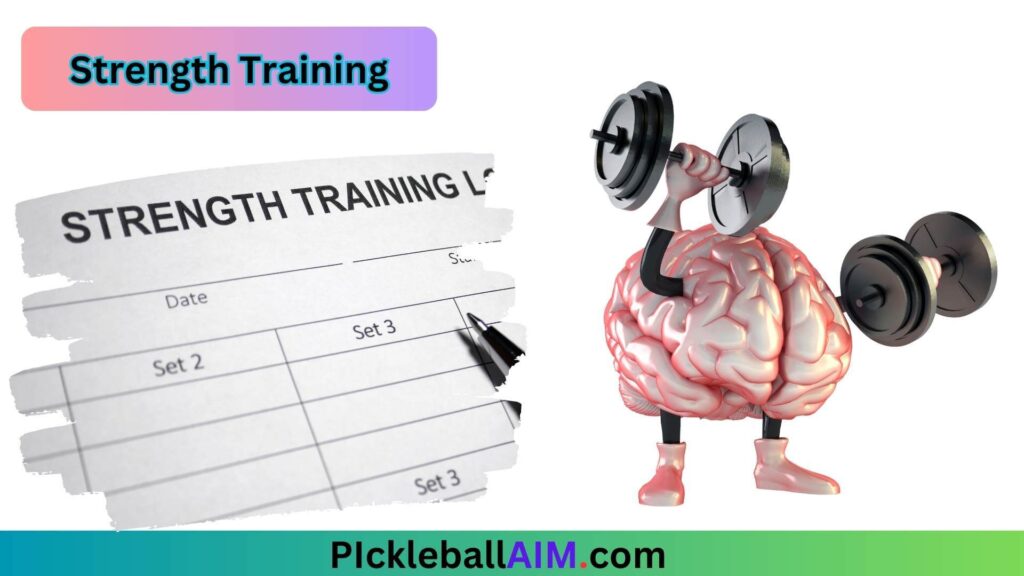
Strength training is an essential component of any athlete’s fitness regimen, including pickleball players. By focusing on full-body strength training exercises, players can improve their overall strength and stability, leading to better performance and injury prevention on the pickleball court. Here’s a complete explanation of this step:
Importance of Strength Training for Pickleball Players
Strength training involves performing exercises that target various muscle groups to increase their force-generating capacity. For pickleball players, developing strength is vital as it provides a solid foundation for all other aspects of the game. It enhances power during shots, helps with quick movements on the court, and improves overall endurance.
Full-Body Approach for Comprehensive Benefits
A full-body strength training approach ensures that all major muscle groups are targeted, leading to comprehensive benefits. The muscles in the legs, upper body, and core work together in synergy during pickleball gameplay. By incorporating exercises that engage these areas, players can improve their ability to move efficiently, generate power in their shots, and maintain stability during dynamic movements.
Key Exercises for Full-Body Strength Training
- Squats: Squats are a fundamental lower-body exercise that targets the quadriceps, hamstrings, glutes, and core. They help build leg strength, improve balance, and contribute to a more powerful and stable base on the court.
- Lunges: Lunges focus on the quadriceps, hamstrings, glutes, and calf muscles. They also challenge balance and stability, replicating the movements required in pickleball when lunging for shots or covering the court.
- Push-Ups: Push-ups are a fantastic upper body and core exercise that target the chest, shoulders, triceps, and core muscles. They contribute to increased upper body strength necessary for hitting shots with control and power.
- Shoulder Presses: Shoulder presses target the deltoid muscles in the shoulders and the triceps. These muscles are crucial for overhead shots in pickleball, such as serves and smashes.
Proper Form and Progression
When engaging in strength training, it is essential to maintain proper form to reduce the risk of injury and achieve optimal results. Beginners should start with lighter weights and gradually increase resistance as they become more comfortable with the exercises.
Balancing Strength Training with Pickleball Practice
Integrating strength training into your weekly routine is important, but it should be balanced with pickleball practice and other forms of exercise. Avoid overtraining, as rest and recovery are crucial for muscle repair and overall performance improvement.
Strength training with a full-body approach, including exercises like squats, lunges, push-ups, and shoulder presses, is a valuable asset for pickleball players. By targeting major muscle groups, players can improve their strength and stability, leading to enhanced on-court performance, reduced risk of injury, and a better overall playing experience. As with any fitness program, it’s essential to maintain consistency, use proper form, and listen to your body’s needs for optimal results.
Read Also: Navigating the Whistle: A Guide on How to Become a Certified Pickleball Referee
6. Balance and Stability Training: Enhancing Control and Injury Prevention on the Pickleball Court
Balance and stability training are vital components of any pickleball player’s fitness regimen. These exercises aim to improve proprioception, core strength, and neuromuscular control, enabling players to maintain control during quick movements and reduce the risk of injuries on the pickleball court. Here’s a complete explanation of the importance and types of exercises used for balance and stability training:
The Importance of Balance and Stability in Pickleball
Balance and stability are foundational skills for pickleball players. On the court, players constantly shift their weight, change direction, and perform quick movements. Having good balance and stability helps players stay centered and maintain proper body alignment, allowing for better shot execution and faster reactions to opponents’ shots. Additionally, by improving balance and stability, players can decrease the risk of falls, sprains, and other injuries that may occur during the fast-paced and dynamic nature of the game.
Single-Leg Balance Drills
Single-leg balance drills are excellent exercises to improve proprioception, which is the body’s awareness of its position in space. These drills challenge the stabilizing muscles in the legs, hips, and core. Stand on one leg while maintaining proper posture and hold the position for 30 seconds to one minute. To increase difficulty, perform the drill on a slightly uneven surface or incorporate movements like reaching or lifting one foot off the ground.
Bosu Ball Exercises
The Bosu ball is a versatile piece of equipment that resembles half of an exercise ball attached to a flat platform. Bosu ball exercises are effective for balance and stability training as they create an unstable surface, engaging core muscles and improving neuromuscular control. Examples of Bosu ball exercises for pickleball players include single-leg squats, lunges, and lateral hops.
Stability Ball Squats
Stability ball squats target the lower body muscles while simultaneously challenging balance and stability. Stand with your feet shoulder-width apart and place a stability ball against a wall behind your back. Perform squats by lowering your hips and bending your knees while keeping the stability ball compressed against the wall. This exercise engages the core, glutes, and quadriceps while promoting balance and stability.
Progression and Safety
As with any training regimen, it’s essential to progress gradually and prioritize safety. Start with easier variations of balance and stability exercises and gradually increase the difficulty as you build strength and control. Always perform these exercises in a controlled environment to reduce the risk of injury. If you have any existing health conditions or concerns, consult with a fitness professional or healthcare provider before attempting balance and stability training.
Balance and stability training are fundamental aspects of improving pickleball performance and preventing injuries on the court. By incorporating exercises like single-leg balance drills, Bosu ball exercises, and stability ball squats into your fitness routine, you can enhance proprioception, core strength, and neuromuscular control, allowing you to maintain better control during gameplay and stay agile and injury-free on the pickleball court.
Read Also: Mastering the Art of Dinking in Pickleball: Essential Tips, Common Mistakes, and Effective Drills
7. Flexibility and Mobility: Enhancing Range of Motion for Pickleball Success
Importance of Flexibility and Mobility
Flexibility and mobility are essential components of physical fitness that play a crucial role in pickleball performance and overall health. Flexibility refers to the ability of muscles to lengthen and stretch, while mobility refers to the range of motion in your joints. Both aspects are interconnected and contribute to improved movement efficiency, injury prevention, and enhanced athletic performance.
Benefits for Pickleball Players
Flexibility and mobility offer numerous benefits for pickleball players:
- Injury Prevention: Regular stretching helps prevent muscle strains, joint sprains, and other common injuries that may occur during the fast-paced and dynamic movements of pickleball.
- Improved Range of Motion: Enhanced flexibility and joint mobility allow players to move freely and comfortably across the court, enabling them to reach shots more easily and react quickly to opponents’ moves.
- Reduced Muscle Soreness: Stretching after playing can alleviate muscle soreness and stiffness, promoting faster recovery and better readiness for subsequent matches.
Dynamic Stretches Before Playing
Dynamic stretches involve active movements that mimic the actions you’ll perform during pickleball. These stretches prepare your muscles and joints for the upcoming activity and increase blood flow, which helps warm up your body. Some dynamic stretches for pickleball players include:
- Leg Swings: Stand near a wall for support and swing one leg forward and backward in a controlled manner. Repeat for both legs to target the hamstrings and hip flexors.
- Arm Circles: Stand with your feet shoulder-width apart and extend your arms to the sides. Make small circles with your arms in a forward and backward motion to warm up the shoulder joints.
- Torso Twists: Stand with your feet hip-width apart and twist your torso from side to side, gently engaging your core.
Static Stretches After Playing
Static stretches are performed after playing pickleball when your muscles are warm and more pliable. These stretches help maintain or improve your flexibility over time and aid in the recovery process. Some essential static stretches for pickleball players include:
- Quad Stretch: Stand on one leg, bend your other knee, and bring your heel toward your buttocks, holding the ankle with your hand. Keep your knees together and maintain balance. Repeat for both legs.
- Calf Stretch: Lean against a wall with one leg forward and the other back. Bend the front knee while keeping the back leg straight. You should feel a stretch in your calf muscle. Repeat for both legs.
- Shoulder Stretch: Bring one arm across your chest and use the opposite hand to gently press the arm closer to your body. Hold the stretch for a few seconds and repeat on the other side.
Flexibility and mobility are crucial aspects of physical preparation for pickleball players. Incorporating regular dynamic stretches before playing and static stretches after playing will not only improve your range of motion on the court but also reduce the risk of injuries and enhance overall performance. By dedicating time to stretching and maintaining your body’s flexibility, you can elevate your pickleball game and enjoy the sport to its fullest potential.
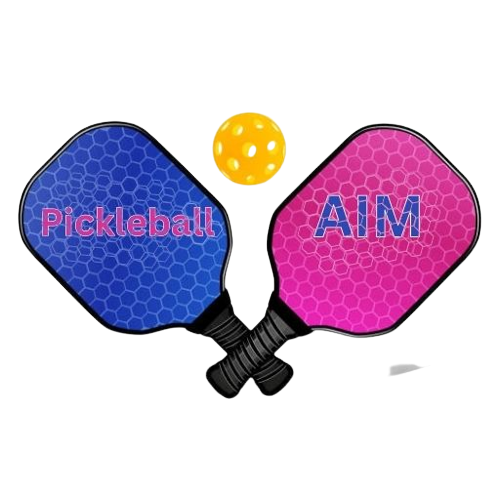

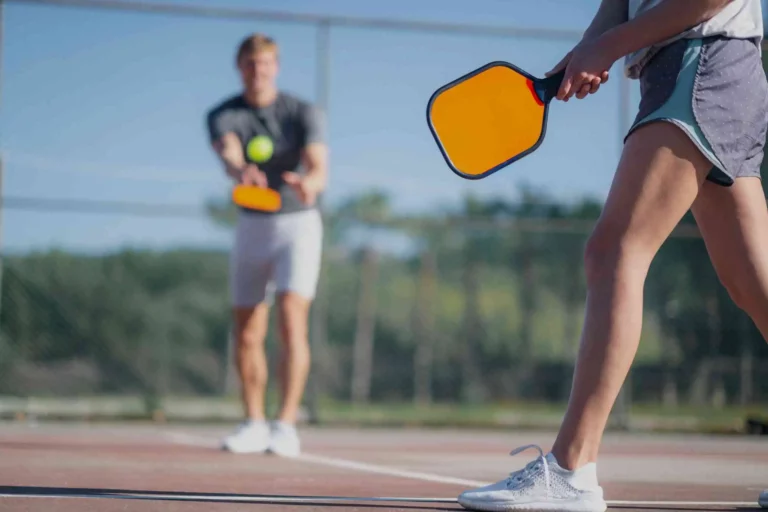
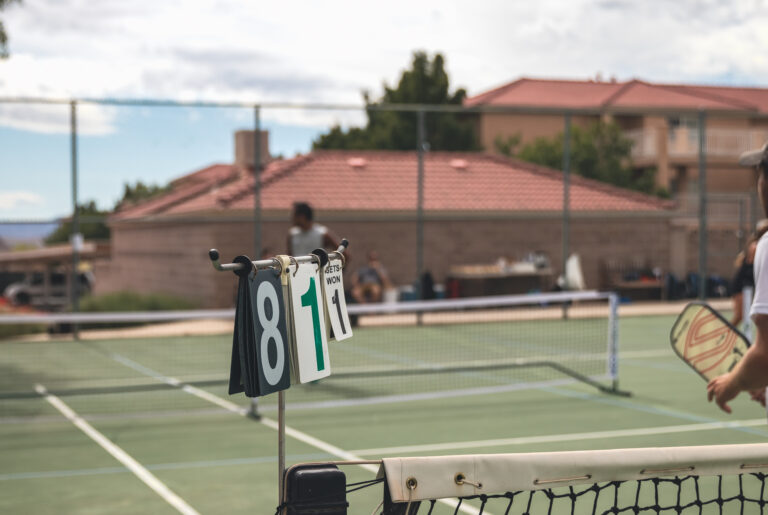
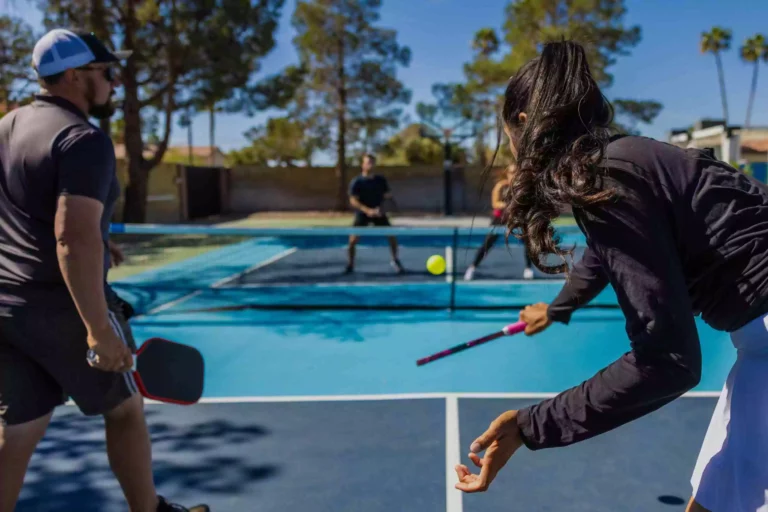
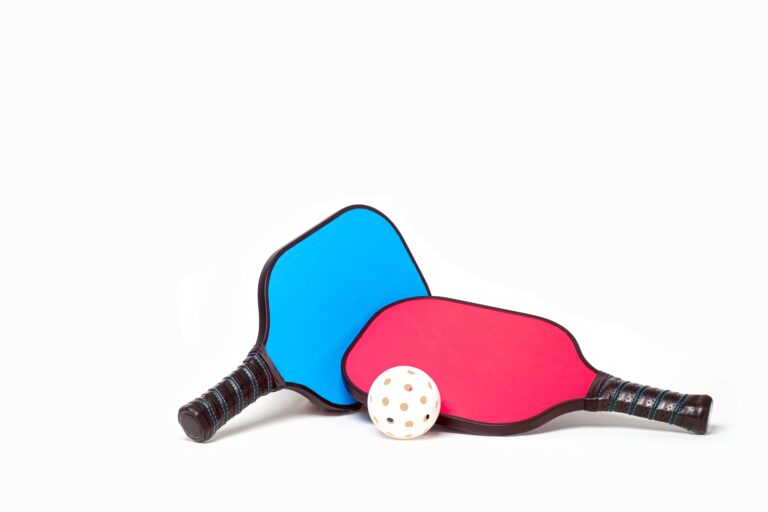
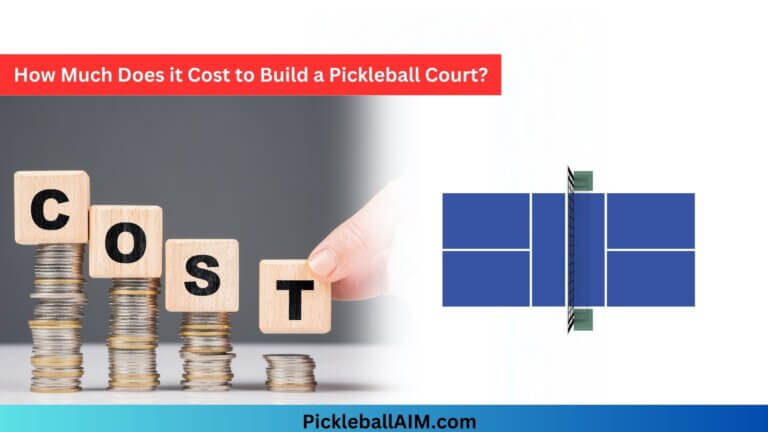
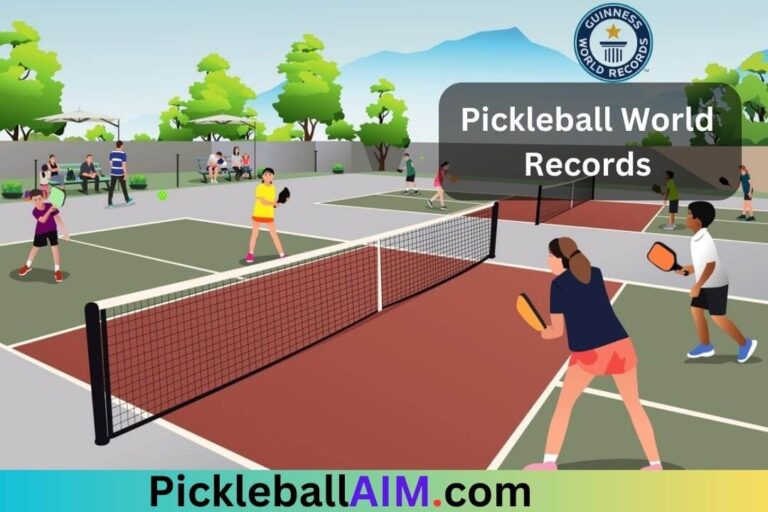
3 Comments